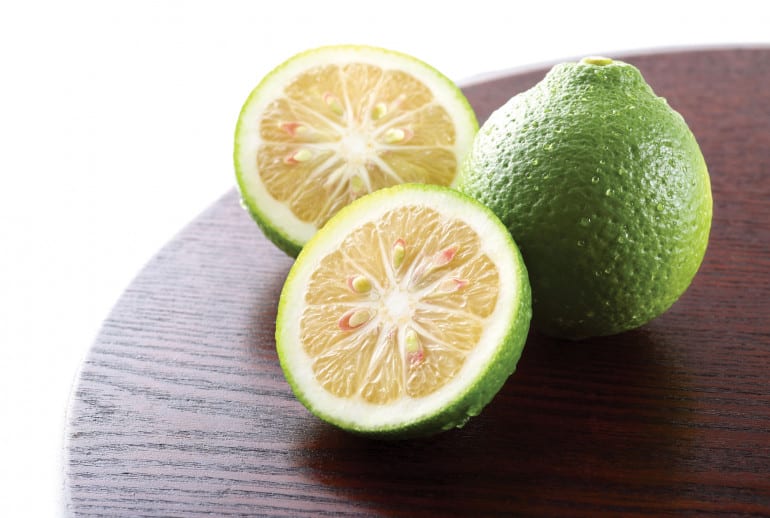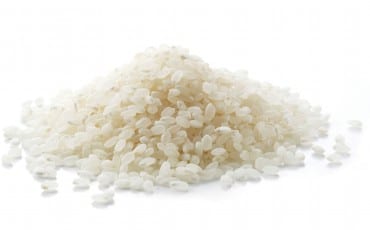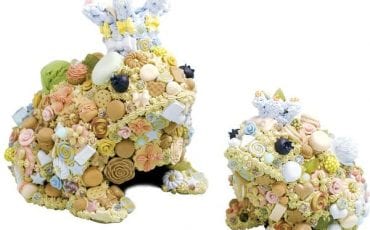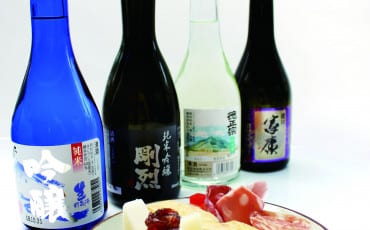- OISHII
- OISHII Wiki
- Ingredients
- Kabosu
OISHII Wiki
Ingredients
Kabosu
Closely related to yuzu and often confused with sudachi, kabosu was introduced to Japan from China during the Edo period (1603-1868). The majority of the domestic yield of kabosu — as high as 97 percent — comes from Oita prefecture, which explains why this citrus fruit is regarded as a delicacy and is expensive outside of the prefecture.

Kabosu, usually harvested when it’s still green, has a thin, smooth peel encasing pale orange flesh that’s incredibly juicy with a lemon-like sharpness. Because of its tartness, it is sometimes used in place of vinegar in Japanese cuisine. Kabosu is also used with sashimi, grilled fish, and hot pot dishes, as well as in other food and beverages, from desserts to liquor.
In Oita prefecture, locals would drip the juice of kabosu into dishes like miso soup and noodles for added fragrance and zest. That’s not all; as the leading producer of kabosu, some of the fish farmers in Oita prefecture mix kabosu into their fish feed — the polyphenols in the fruit help prevent discolouration and odour in the meat for longer periods of time. Japanese amberjack (buri) and flounder (hirame), which are given this mix, are thereafter marketed as Kabosu Buri and Kabosu Hirame.









